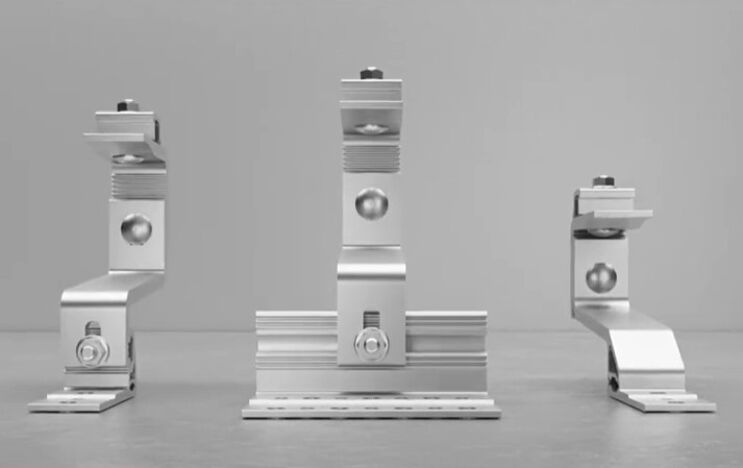
- Products
- Service
- Expertise
- References
- fischer group
- Contact
- Home
- Expertise
- Solar systems
- Pitched roofs with tiles or slate covering
The systems for mounting solar panels on tiles and slate allow for module installation on different types of pitched roofs, with or without ventilation battens, thanks to a comprehensive range of hooks and screws.
Whether it's residential or commercial buildings, the solar product catalog offers solutions that allow for the safe and efficient installation of photovoltaic modules. Hooks, clamps, rails, brackets and accessories provide maximum flexibility without compromising the original roof structure, with the added benefit of harnessing clean solar energy
Discover all of fischer's solar panels mounting systems.
RH AL new universal hooks
The new RH aluminum hooks are designed for the installation of photovoltaic systems on all types of pitched roofs with tiles covering, with and without ventilation layer. The hooks offer from 2 to 4 adjustments, a feature that guarantees maximum flexibility during installation. In addition, no accessories or screws are to be provided separately.

SOLARPANEL-FIX is an Online module of the FiXperience Suite for the design of mounting systems for photovoltaic panels: it supports professionals in the design of the photovoltaic substructure through a clear and logical flow.
The software allows to automatically calculate the actions of snow and wind loads through the geolocation of the construction site, according to the requirements of the European Standard EN 1991 (Eurocode 1). In addition, it allows to download the bill of materials to create the substructure, the installation plan and a technical report. The latter outlines the structural checks of the system parts, according to the European Standards EN 1993 (Eurocode 3), EN 1999 (Eurocode 9) and according to fischer specifications.
